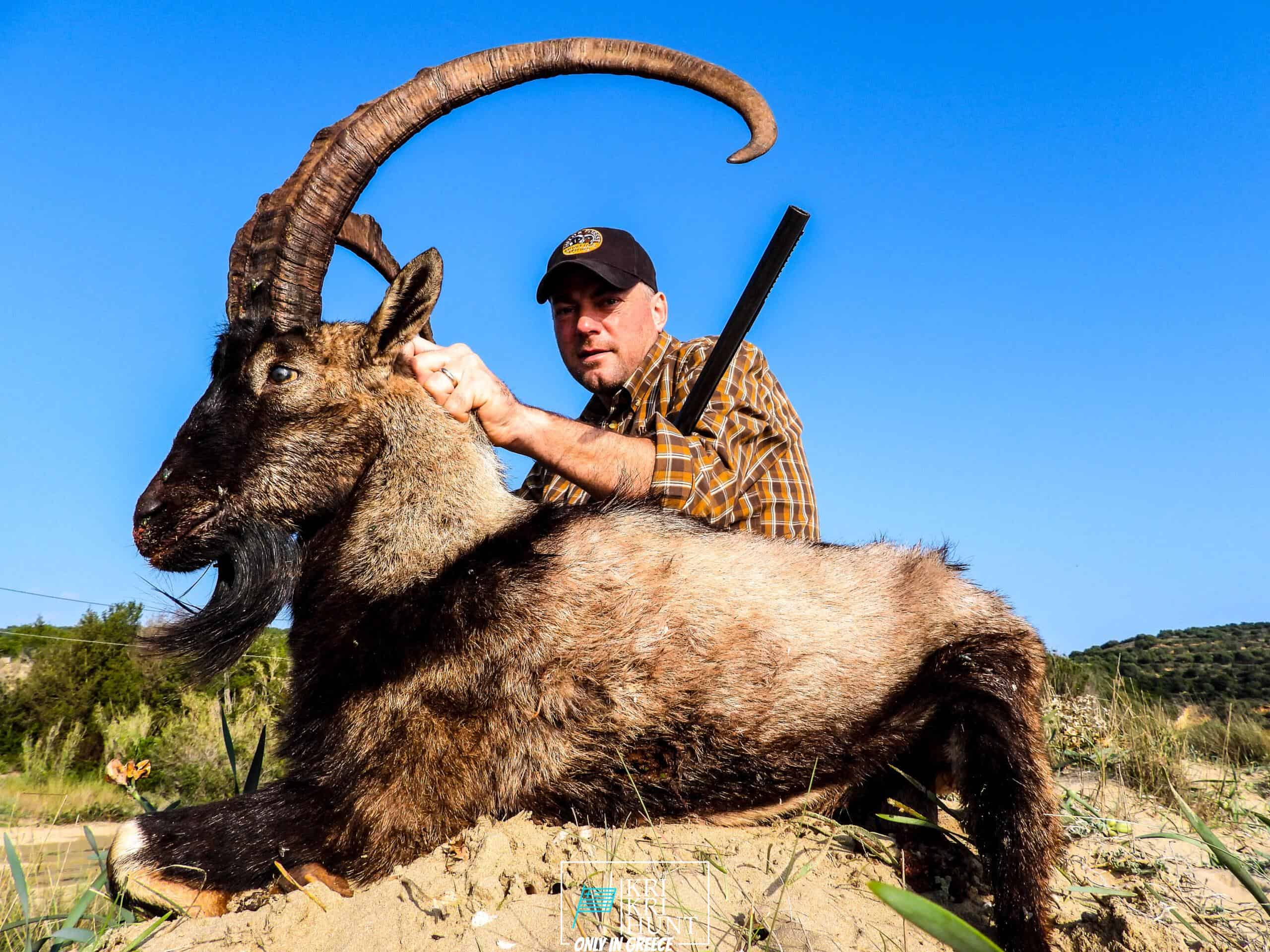A trip to bear in mind - outdoors and in great firm

To many individuals, The Peloponnese peninsula on the Greek Mainland is the 'real' Greece, where points have actually not changed much whatsoever over the centuries despite the fact that lots of people have actually uncovered it. This is a location where you might conveniently spend a month, however if you are short in a timely manner after that our outdoor searching, Fishing, totally free diving as well as touring Peloponnese Tours from Methoni is a terrific service. Join us as we check out all that this historic as well as lovely region has to supply!

Since the ibex population is ever-changing, the variety of tags fluctuates as well. The Kri-Kri, despite being the tiniest ibex in regards to body weight (Capra Aegagrus Cretica), has long. A few specimens that were not counted measured 115 centimeters. The gold trophy is 61 centimeter (24 inches) in size. Hunting of Kri-Kri ibexes, is presently allowed on Atalanti and also Sapientza in Greece (Capra Aegagrus Cretica). Beginning on Atalanti in the last week of October and the very first week of December, ibex hunting is permitted. Searching is enabled the entire month of November in Sapientza, as long as the climate agrees with.
On our Peloponnese excursions, you'll reach experience all that this impressive area has to offer. We'll take you on a scenic tour of a few of one of the most historic and beautiful websites in all of Greece, consisting of old damages, castles, and much more. You'll additionally get to experience several of the traditional Greek society firsthand by enjoying several of the delicious food as well as wine that the area is understood for. And also naturally, no trip to Peloponnese would be full without a dip in the shimmering Mediterranean Sea! Whether you're a skilled seeker searching for a first-time traveler or a brand-new adventure simply aiming to explore Greece's sensational landscape, our Peloponnese scenic tours are best for you. What are you waiting for? Book your journey today!
Look no even more than the Sapientza island in Greece if you are looking for Kri Kri ibex hunt as well as remarkable trip destination. With its magnificent all-natural appeal, scrumptious food, as well as rich society, you will not be disappointed. Book one of our searching and touring Peloponnese Tours from Methoni today, dot forget your prize Kri Kri ibex!
What is the diference between Kri Kri ibex, Bezoar ibex and hybrid ibex
The kri-kri is not thought to be indigenous to Crete, most likely having been imported to the island during the time of the Minoan civilization. Nevertheless, it is found nowhere else and is therefore endemic to Crete. It was common throughout the Aegean but the peaks of the 8,000 ft (2,400 m) White Mountains of Western Crete are their last strongholds–particularly a series of almost vertical 3,000 ft (900 m) cliffs called ‘the Untrodden’—at the head of the Samaria Gorge. This mountain range, which hosts another 14 endemic animal species, is protected as a UNESCO Biosphere Reserve. In total, their range extends to the White Mountains, the Samaria National Forest and the islets of Dia, Thodorou, and Agii Pandes.
This Ibex is NOT a diminutive form of the Bezoar Ibex, which has migrated into the western-most reach of the range of this species. The kri – kri (Capra aegagrus cretica), sometimes called the Cretan goat, Agrimi, or Cretan Ibex, is a feral goat inhabiting the Eastern Mediterranean, previously considered a subspecies of wild goat. The kri-kri has a light brownish coat with a darker band around its neck. It has two horns that sweep back from the head. In the wild they are shy and avoid tourists, resting during the day. The animal can leap some distance or climb seemingly sheer cliffs.
“The agrimi goat Capra aegagrus cretica is unique to Crete and its offshore islands. It has been identi®ed as a sub-species of the wild bezoar goat Capra aegagrus aegagrus Erxleben, 1777, which it closely resembles in horn shape, body form and coloration. This classi®cation has been disputed by some researchers who claim that the agrimi are feral goats, derived from early domestic stock brought to the island by the ®rst Neolithic settlers. In order to clarify this issue, DNA analyses (cytochrome b and D loop sequences) were carried out on tissue of live and skeletonized agrimi and compared to sequences of wild and domestic caprines. Results conclusively show the agrimi to be a feral animal, that clades with domestic goats (Capra hircus) rather than with wild Asiatic bezoar. This study demonstrates that morphometric criteria do not necessarily re¯ect genetic af®nities, and that the taxonomic classi®cation of agrimi should be revised.”